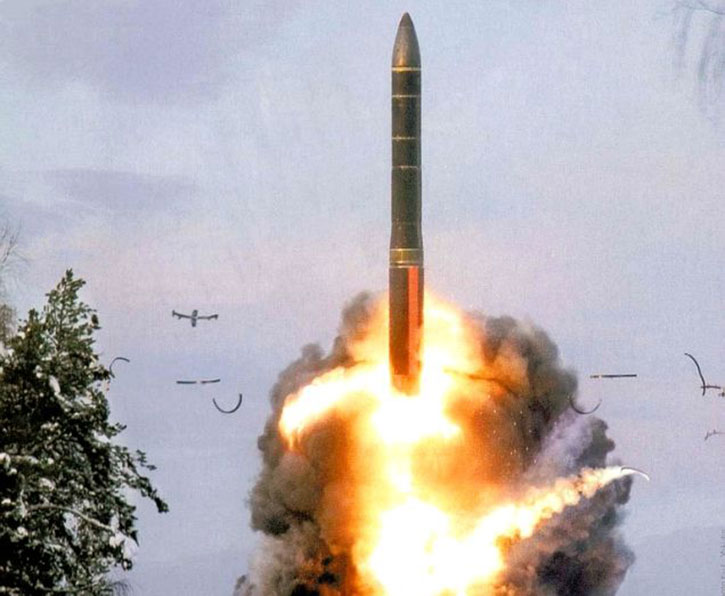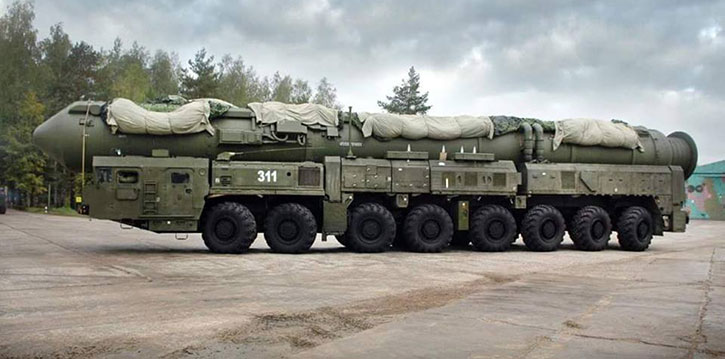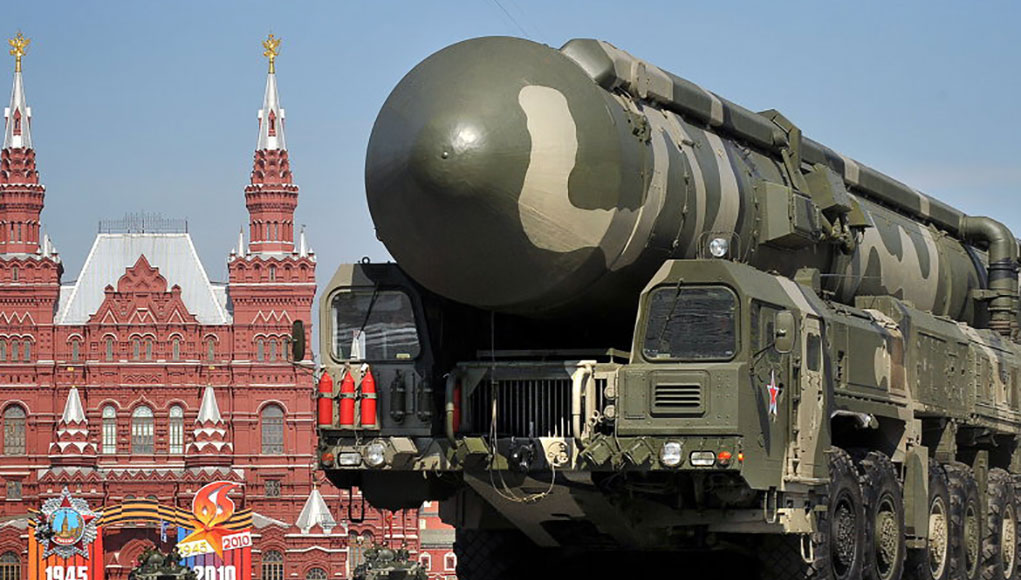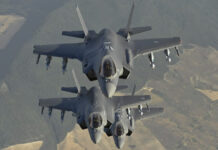
The RS-24 is a three-stage solid-fuel missile that can be launched from silos or from mobile launchers. Yars can carry a payload of 1.2 tons, including three independently targeted warheads (MIRVs), each carries a thermonuclear device with a yield of 150-200 kt or a single thermonuclear device with a yield of one megaton. This new missile offers several advantages over the Topol and SS-19, – for example, its accelerated pre-launch procedure that takes only seven minutes, thus significantly improving survivability.
 Yars also employs different countermeasures and decoys designed to enable the MIRVs to better evade enemy missile defenses, employing different maneuvers through its flight trajectory and evasive maneuvers in the terminal phase, and deployment of active and passive decoys, thus improving their penetration of adversary missile defenses.
Yars also employs different countermeasures and decoys designed to enable the MIRVs to better evade enemy missile defenses, employing different maneuvers through its flight trajectory and evasive maneuvers in the terminal phase, and deployment of active and passive decoys, thus improving their penetration of adversary missile defenses.
Yars was first deployed in 2010 and, along with 30-year old Topol and Topol-M makes more than 80 percent of the Russian strategic missile force. In 2018 twenty additional RS-24s will be deployed and by 2020 the new missile is expected to replace all the UR-100 (NATO Reporting name: SS-19 Stiletto) liquid-fueled ICBM currently based in silos.
A derivative of the RS-24 is the RS-26 Rubezh (SS-X-31) that is designed with a lighter, more energetic propulsion optimized for missions over shorter-range. Rubezh carries a single warhead or four MIRVs with a total weight of 800 kg. Compared to Yars, Rubezh is lighter and shorter missile and is designed for deployment from mobile launchers only. While officially this missile maintains the Yars’ range it was tested over shorter ranges – from 2000 to 5,800 km.
This fact brought Washington to complain about its violation of the Intermediate-range Nuclear Forces (INF) treaty, that bans the development or deployment of missiles that can carry warheads of 500 kg over 5,500 km. This could be the reason for the delay in the deployment of Rubezh missiles, that completed their final test series in 2016. Missiles were reportedly supplied to a first operational unit in 2016 but this has not been officially confirmed.
More Reading:
- Russia Continues Modernizing its Strategic Missile Force
- Toward an All-New Russian ICBM Force
- A Stronger, More Powerful Satan-2
- RSM-56 Bulava Submarine Launched Ballistic Missile
- New Weapons Initiatives Violating Arms Control Treaties





















